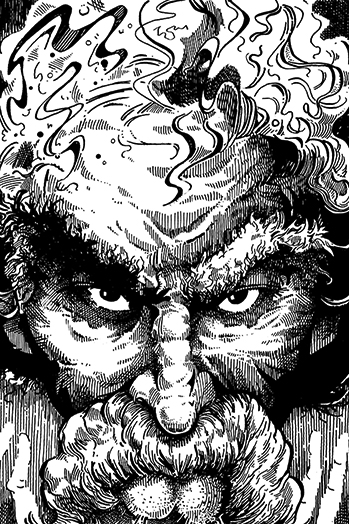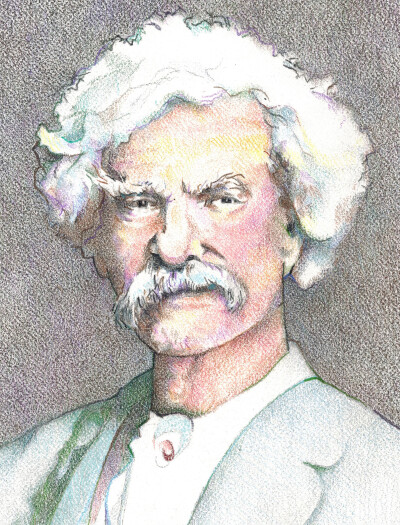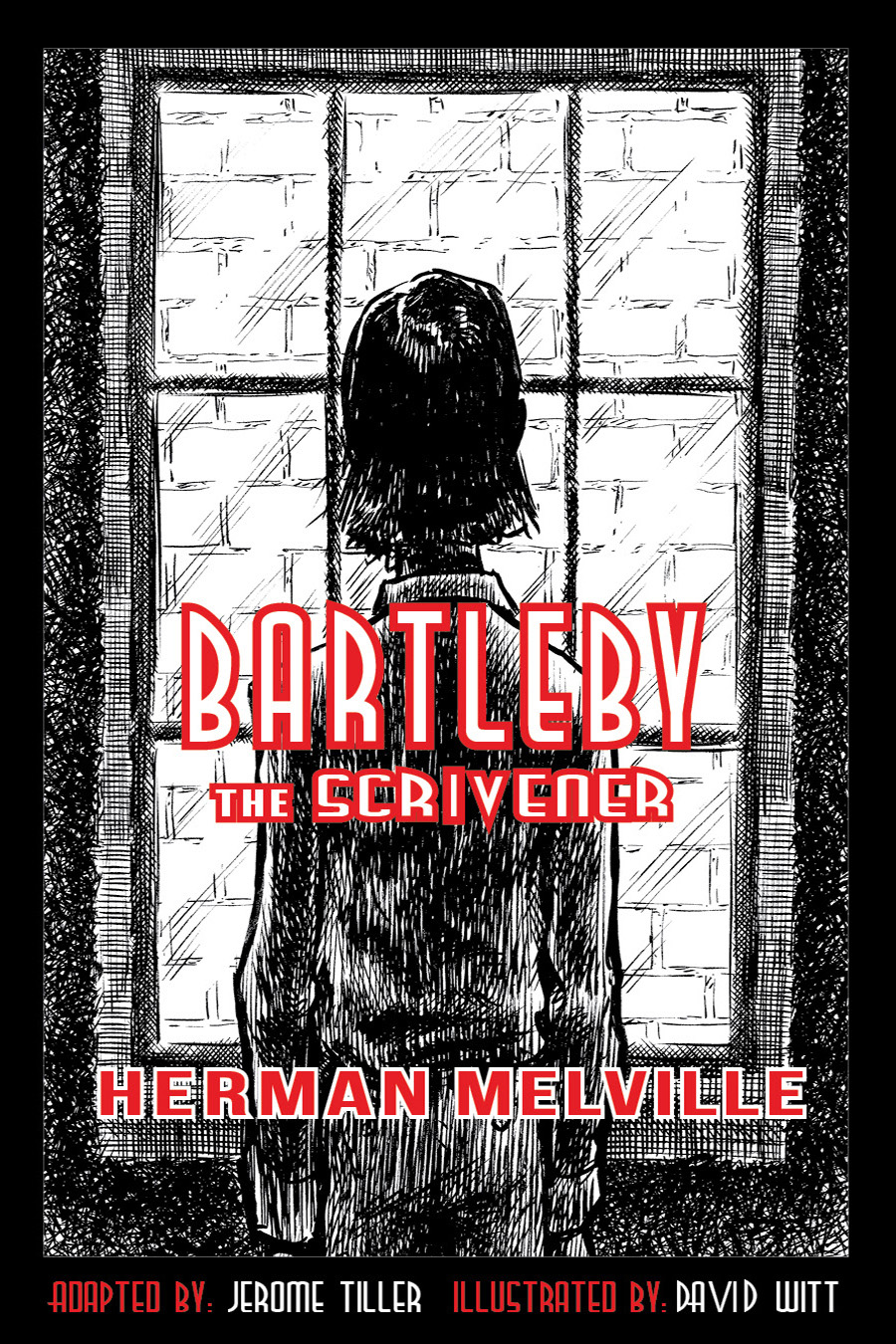Illustrated Literature
Illustrated fiction enjoyed a surge in popularity during the 19th century. The best example—Charles Dickens. He worked closely with the eighteen artists who produced the nearly nine hundred illustrations that enhanced almost all his novels. But that was so very long ago. Sure, these days there are still picture-books, mostly for little kids, and graphic novels, but very little standard fiction has graphic elements of any sort. I think more standard fiction should. Designs and graphics can add a lot to a book by accentuating what's already there. The main function of a narrative illustrator is to represent, interpret, and heighten the meaning of a selected passage of text (in a complementary way) by means of pictures, with the aim of contributing to the reader's appreciation of the narrative.
Admittedly, there are some who believe Illustrations are an unnecessary distraction that tends to freeze out the reader’s imaginative mind by compromising the personal visualization of the scene or character(s) being illustrated. Although there might be something valid about this objection, it is also true the combination of text and illustrations can enrich the experience of each separate element, thus enhancing the overall experience of reading.
This latter take on book illustrations is the camp in which I live and make my living (so much as I do, though I am starving—I gambled that many other individuals would live in this camp, but not so. I am lonely). I made that gamble in 2007 by establishing an imprint, Adapted Classics, that now anchors my self-publishing company, ArtWrite Productions. The idea for this venture formed soon after I read Charles Dicken’s Great Expectations with my son Paul, who was required to read it as a freshman in high school. We both greatly enjoyed the story, but also the illustrations that graced it.
Enjoying the illustrations in Great Expectations as we did, I then operated on the hunch that modern youth could be drawn to read short classic stories by famous authors if the stories were adapted to include pen and ink illustrations (I went with pen and ink because my financial resources were limited and the cost of printing in color was prohibitive—also black and white certainly fit the classic stories I would be adapting). So I contracted with a professional illustrator, Marc Johnson-Pencook, and set out to test my hunch that classic stories with illustrations would do reasonably well in the marketplace.
Since I am a sole proprietor who always operates on a limited budget, my promotional efforts have been rather limited from the start. However, my books have received enough positive attention from reviewers to convince me that good news of my products has reached many, which then leads me to believe my hunch about the alluring value of illustrations was wrong. In the last ten years I have given far, far more books away to charitable literacy organizations than I have sold to individuals, schools, and libraries.
So what? Am I now convinced that illustrations detract from the experience of reading fiction? No, but I am pretty sure most modern young people are not interested in reading classic fiction. They have moved on to other, maybe very fine, but doubtfully better things. Nevertheless, since I am only pretty sure about their lack of interest in old literature, I will continue to publish illustrated classic fiction, though no longer on a hunch. I will do it because I believe in it.
Because I am feeling generous but also because I have everything to gain and nothing to lose, I am recommending that you take a look at free pdf versions of two of my illustrated classic stories here and here. And, if you like one or both, please tell your friends. Word of mouth is not only cost-free promotion, it is also the best kind. So thank you in advance.



